When the power grid fails permanently, life as we know it changes drastically. Being prepared and knowing what steps to take can make all the difference. Here are 18 essential steps to help you navigate this challenging scenario. In an ideal world, you’ll already be prepared to handle a total power grid failure.
1. Stay Calm

Panic can lead to poor decisions. Take a deep breath and assess the situation. Staying calm helps you think clearly and make better choices for your safety and well-being. Remember that a clear mind is your best tool in any crisis.
2. Assess Your Supplies

Check your inventory of food, water, and other essentials. Knowing what you have will help you plan your next steps. Make a list of items you need to restock or find alternatives for. Regularly update your inventory to keep track of your resources.
3. Conserve Resources

Use your supplies wisely to make them last longer. Ration food and water and avoid waste. Being mindful of your consumption can help you stretch your resources further. Consider portion control and prioritize needs over wants.
4. Secure Your Home

Make sure your home is safe and secure. Lock doors and windows and consider reinforcing entry points. A secure home can protect you and your supplies from potential threats. Set up a security routine to regularly check for vulnerabilities.
5. Establish Communication

Set up a way to communicate with family and neighbors. Walkie-talkies, CB radios, or other non-electric methods can be useful. Staying connected helps you share information and resources. Establish a communication plan with clear signals and codes.
6. Use Alternative Lighting

Candles, lanterns, and solar lights can provide illumination. Avoid using open flames near flammable materials. Proper lighting helps you maintain a sense of normalcy and safety. Keep a stock of batteries and matches for your lighting needs.
7. Set Up Water Collection
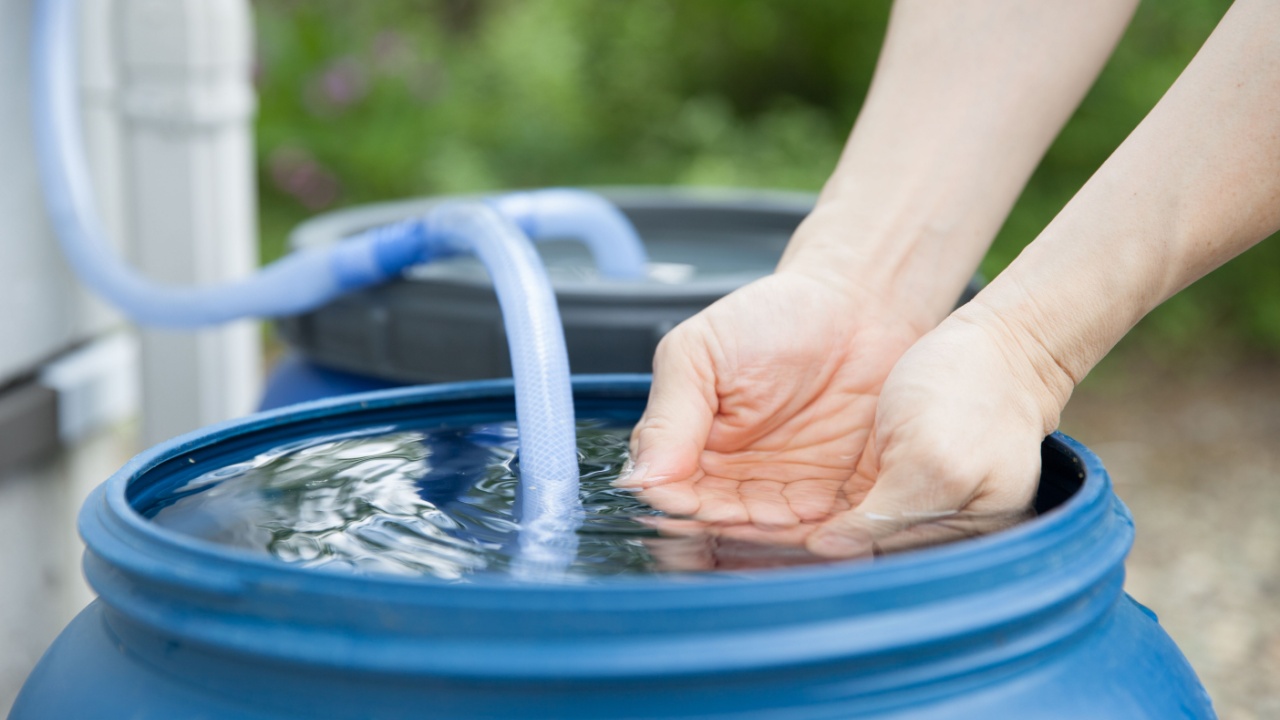
Collect rainwater or find alternative water sources. Use barrels, buckets, or other containers to store water. Having a reliable water supply is crucial for survival. Ensure that your water collection system is clean and properly maintained.
8. Purify Water

Ensure your water is safe to drink. Use water filters, purification tablets, or boil water to kill pathogens. Clean water prevents illness and keeps you healthy. Always have a backup method for water purification in case one fails.
9. Cook Without Electricity
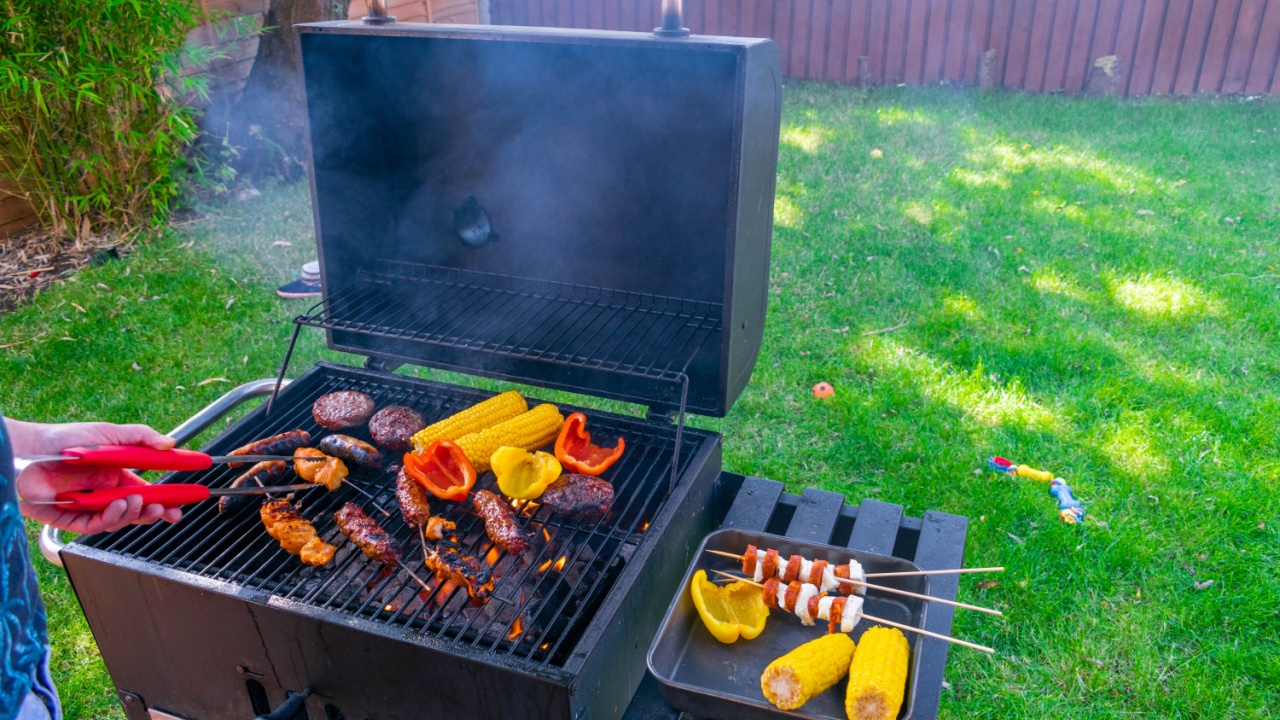
Use a camp stove, grill, or solar oven to prepare meals. Avoid cooking indoors with open flames to prevent fires. Learning alternative cooking methods ensures you can still prepare food. Keep a supply of fuel or other necessary materials for these cooking methods.
10. Manage Waste
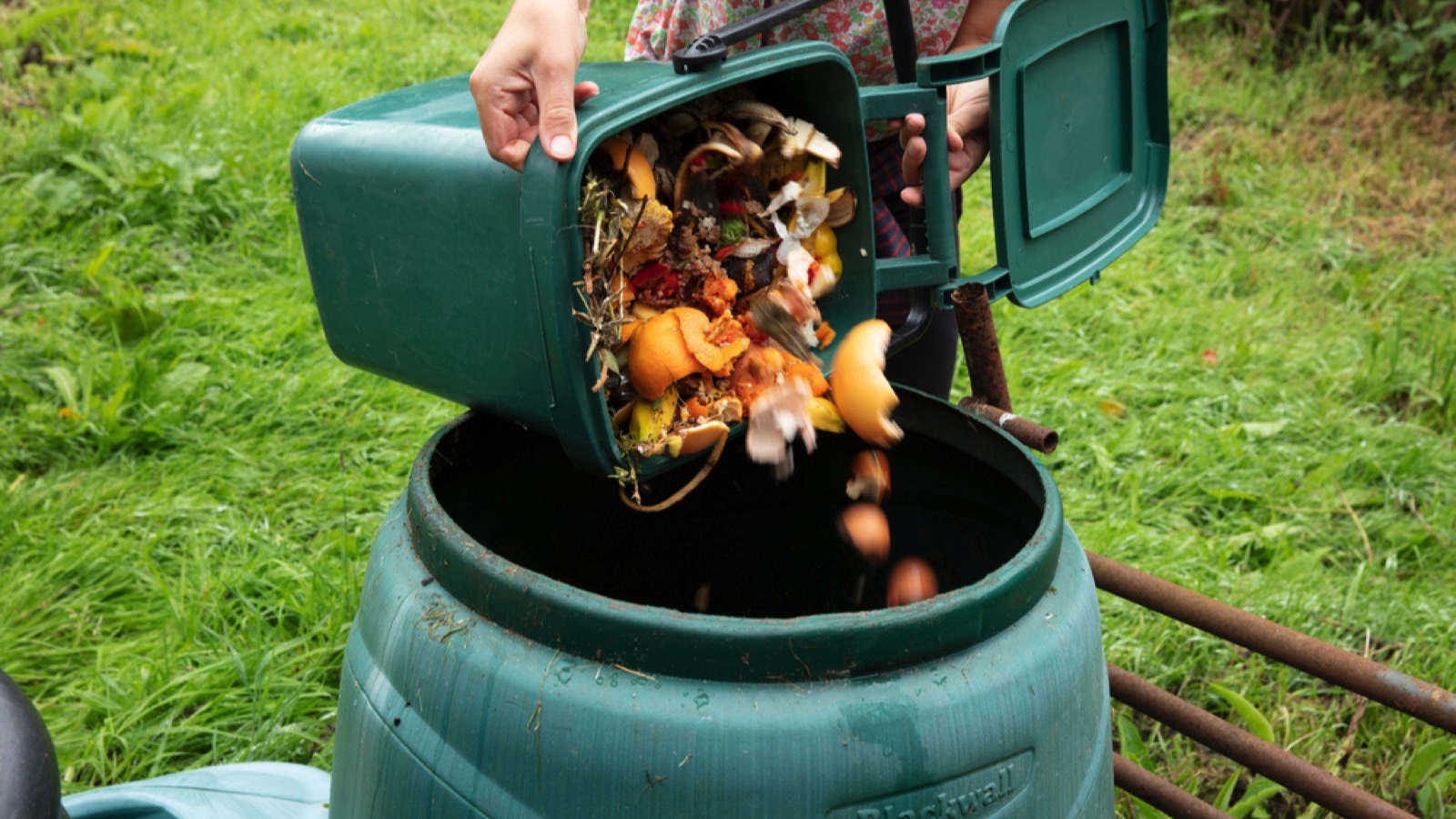
Properly dispose of waste to prevent health hazards. Set up a composting system or dig a latrine if necessary. Managing waste helps maintain hygiene and prevents disease. Regularly clean and disinfect waste disposal areas to avoid contamination.
11. Stay Informed

Keep up with news and updates using a battery-powered or hand-crank radio. Staying informed helps you make better decisions and stay aware of any developments. Tune into local emergency broadcasts for the most relevant information.
12. Maintain Hygiene

Keep yourself and your surroundings clean. Use wet wipes, hand sanitizer, and other hygiene products. Good hygiene prevents illness and keeps you comfortable. Establish a daily hygiene routine to maintain health standards.
13. Grow Your Own Food
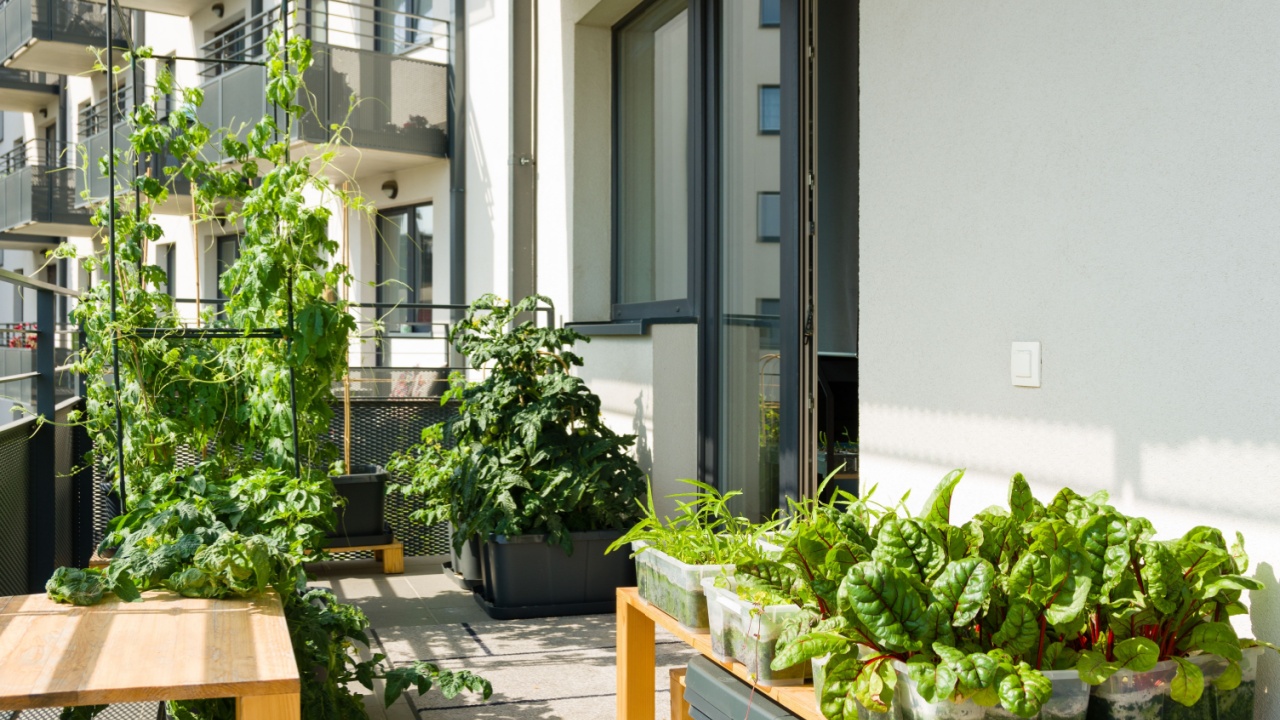
Start a garden to grow vegetables and herbs. Use seeds, soil, and containers to set up your garden. Growing your own food provides a sustainable food source. Learn about crop rotation and pest control to maximize your garden’s yield.
14. Preserve Food

Learn methods to preserve food, such as canning, drying, or fermenting. Proper preservation extends the shelf life of your food. This ensures you have a steady food supply over time. Store preserved food in a cool, dark place to maintain its quality.
15. Generate Power
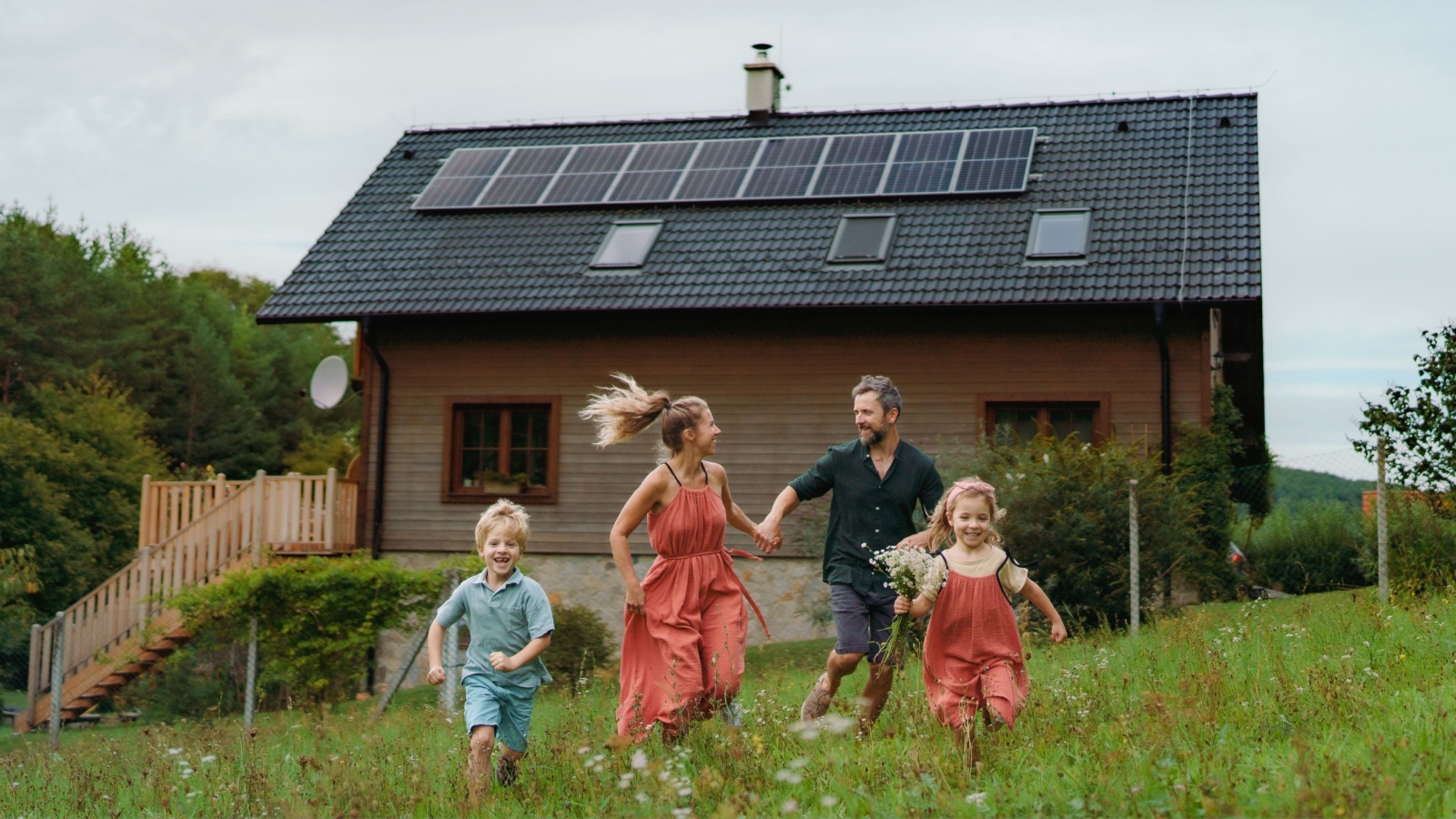
Consider alternative power sources like solar panels or wind turbines. These can provide limited electricity for essential devices. Generating your own power helps maintain some modern conveniences. Regularly maintain and check your power generation equipment for efficiency.
16. Stay Warm or Cool

Use blankets, layers of clothing, or natural ventilation to regulate your body temperature. Avoid extreme temperatures by staying in well-insulated areas. Maintaining a comfortable temperature is vital for your health. Monitor weather conditions to prepare for temperature changes.
17. Build Community

Work with neighbors to share resources and skills. A strong community can provide support and increase your chances of survival. Cooperation and collaboration make challenging times more manageable. Organize regular meetings to discuss plans and share updates.
18. Stay Positive

Maintain a hopeful and positive mindset. Focus on what you can control and take things one step at a time. A positive attitude helps you stay resilient and adapt to the new normal. Encourage and support others to build a strong, optimistic community.
20 Crucial Supplies for Surviving a Societal Collapse

In the face of uncertainty, being well-prepared gives you at least some degree of control and security. The thought of a societal collapse, while extreme, prompts us to consider how we might endure without the conveniences of our current lifestyle. Here’s a list of 20 essential items that could prove indispensable in such a scenario. This guide isn’t about succumbing to fear but embracing preparedness and resilience.
14 Essential Canned Goods for Your Emergency Pantry
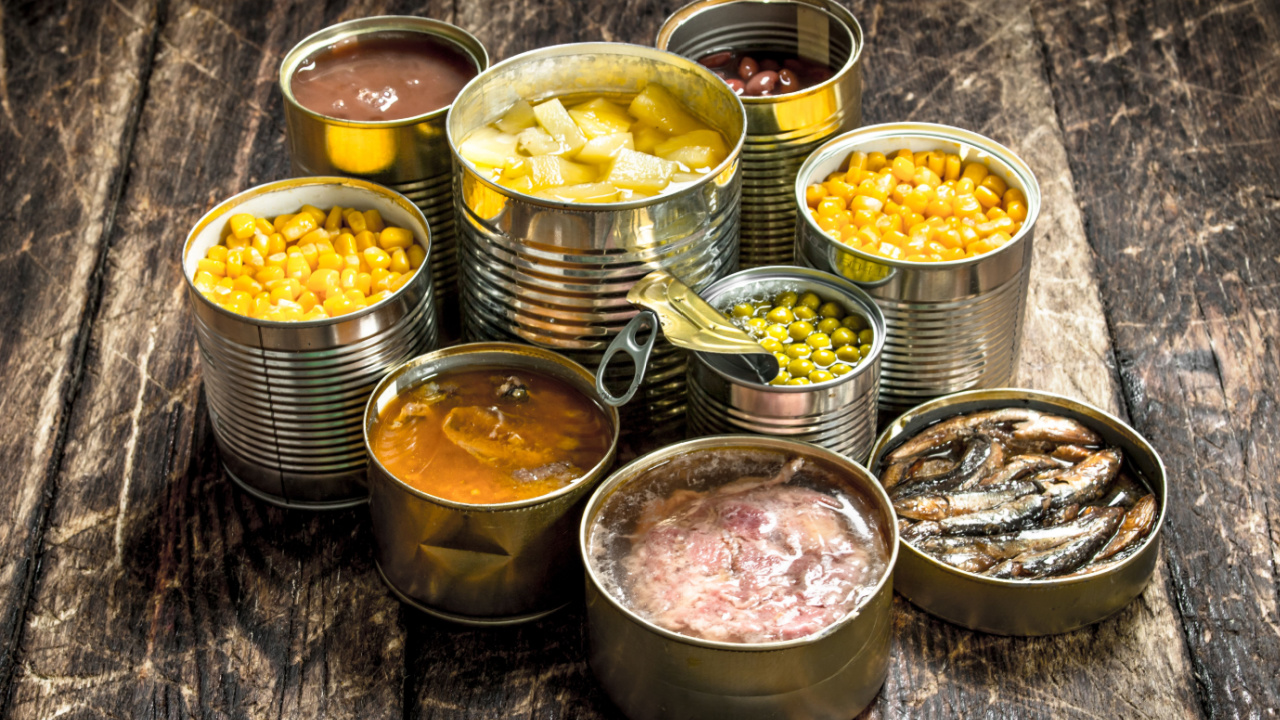
I firmly believe in keeping a well-stocked emergency pantry. While fresh food is ideal, in a survival situation, we may not be that lucky. So, for my family, even though we grow a lot of our own food, canned goods play a crucial role in emergency preparedness. They offer a reliable source of nutrition when access to fresh produce may be limited. The goods you stockpile should be affordable, easy to store, and full of nutrition.
Best Regions in the U.S. to Escape to When Society Collapses
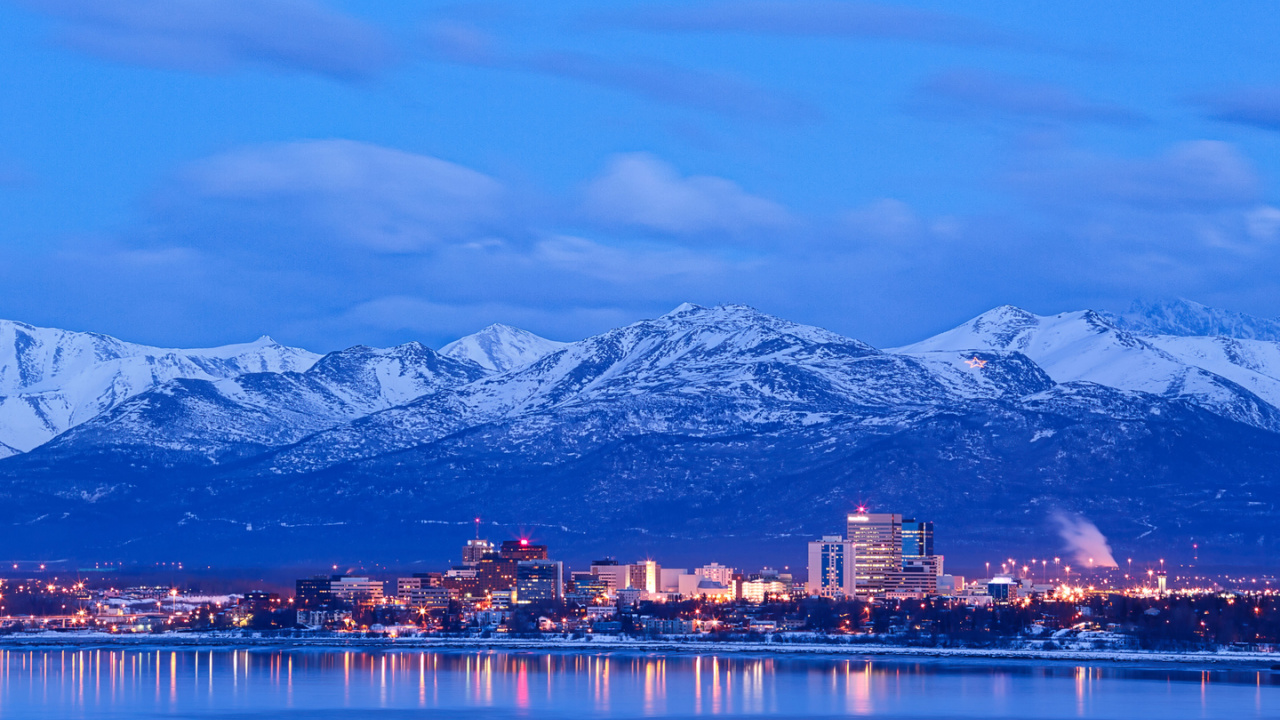
Choosing a refuge in the event of societal collapse involves weighing the pros and cons of each location against your personal preparedness goals and abilities. Whether you’re drawn to the solitude of the desert or the protective heights of the mountains, the key is finding a place that offers safety and the opportunity for growth and renewal.

